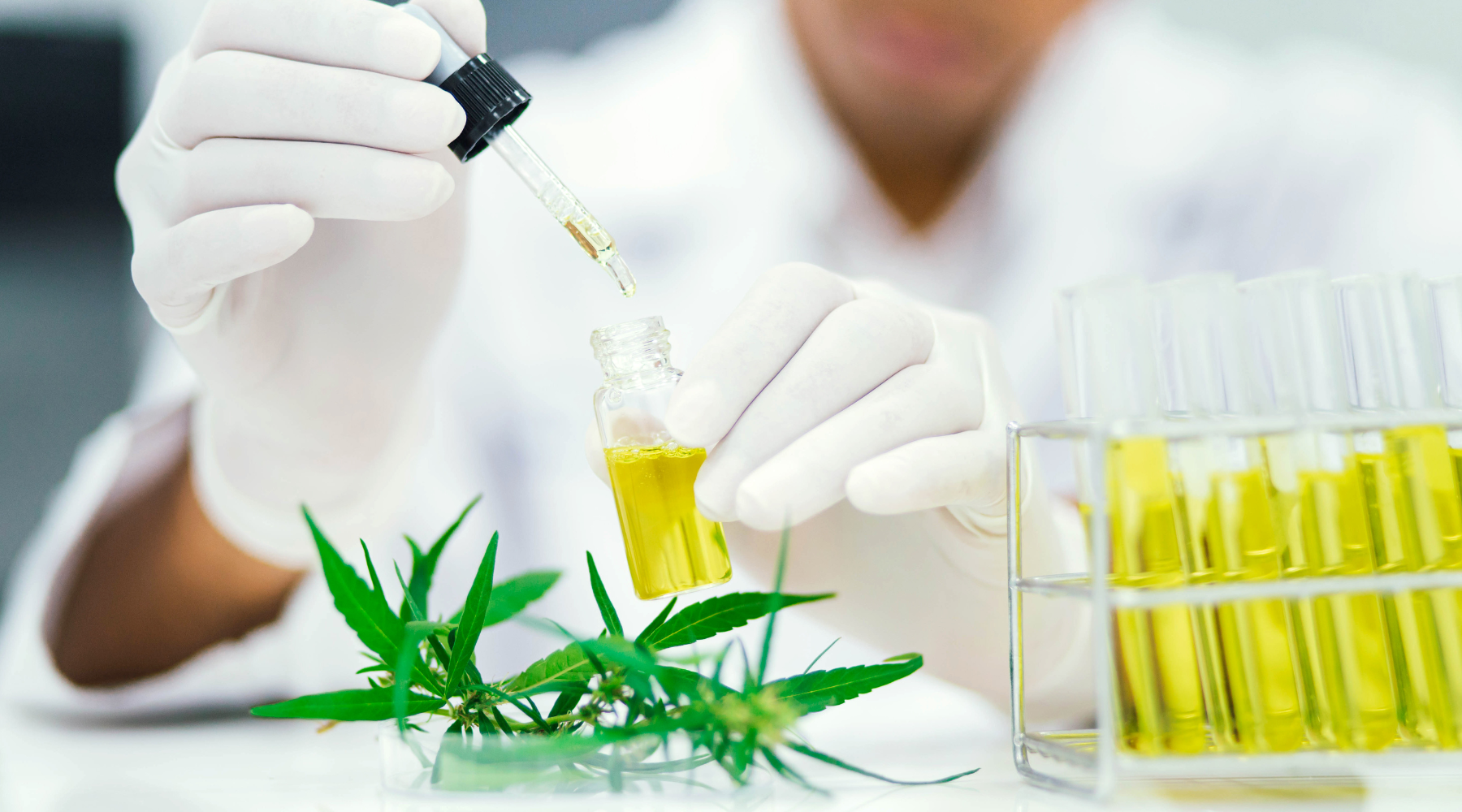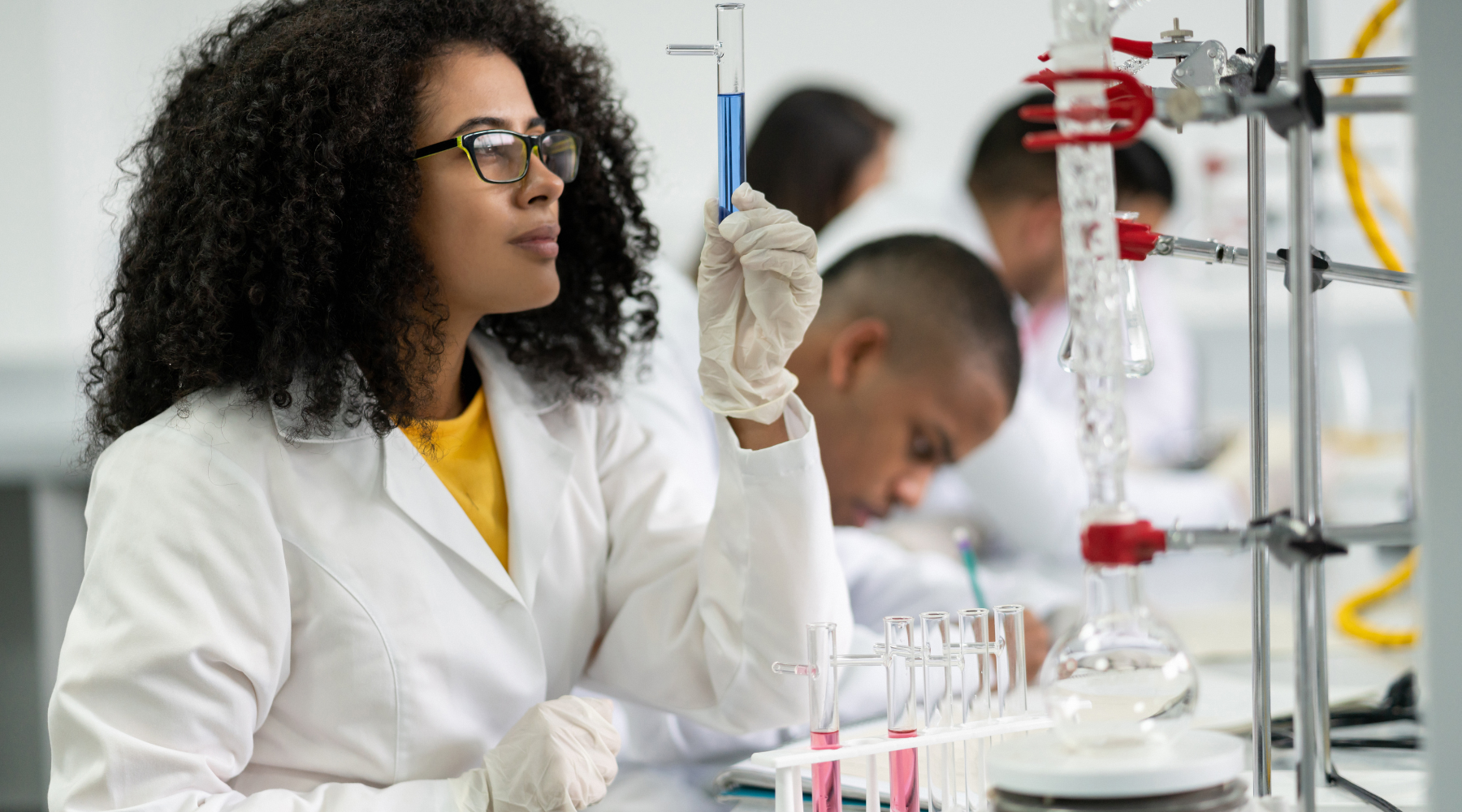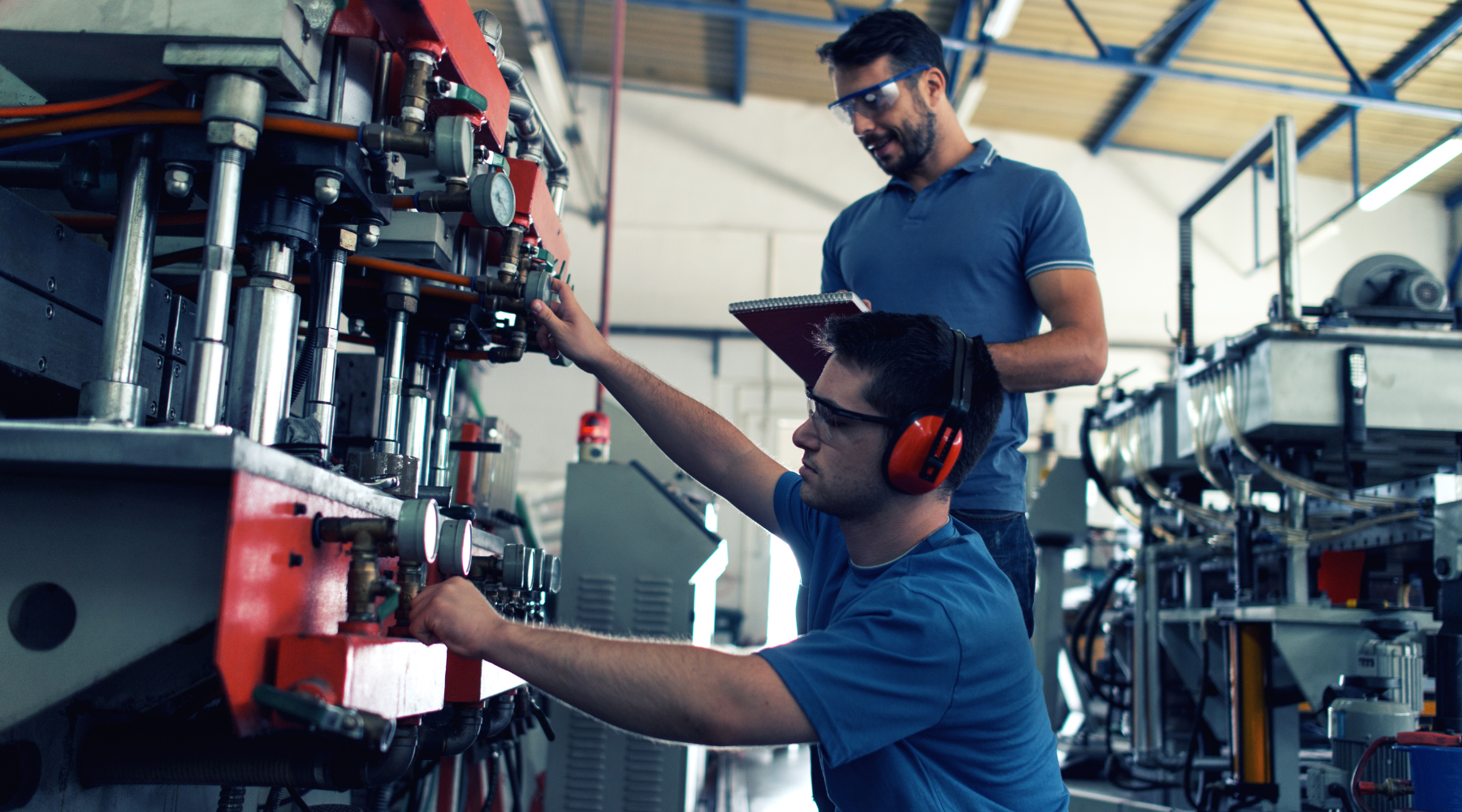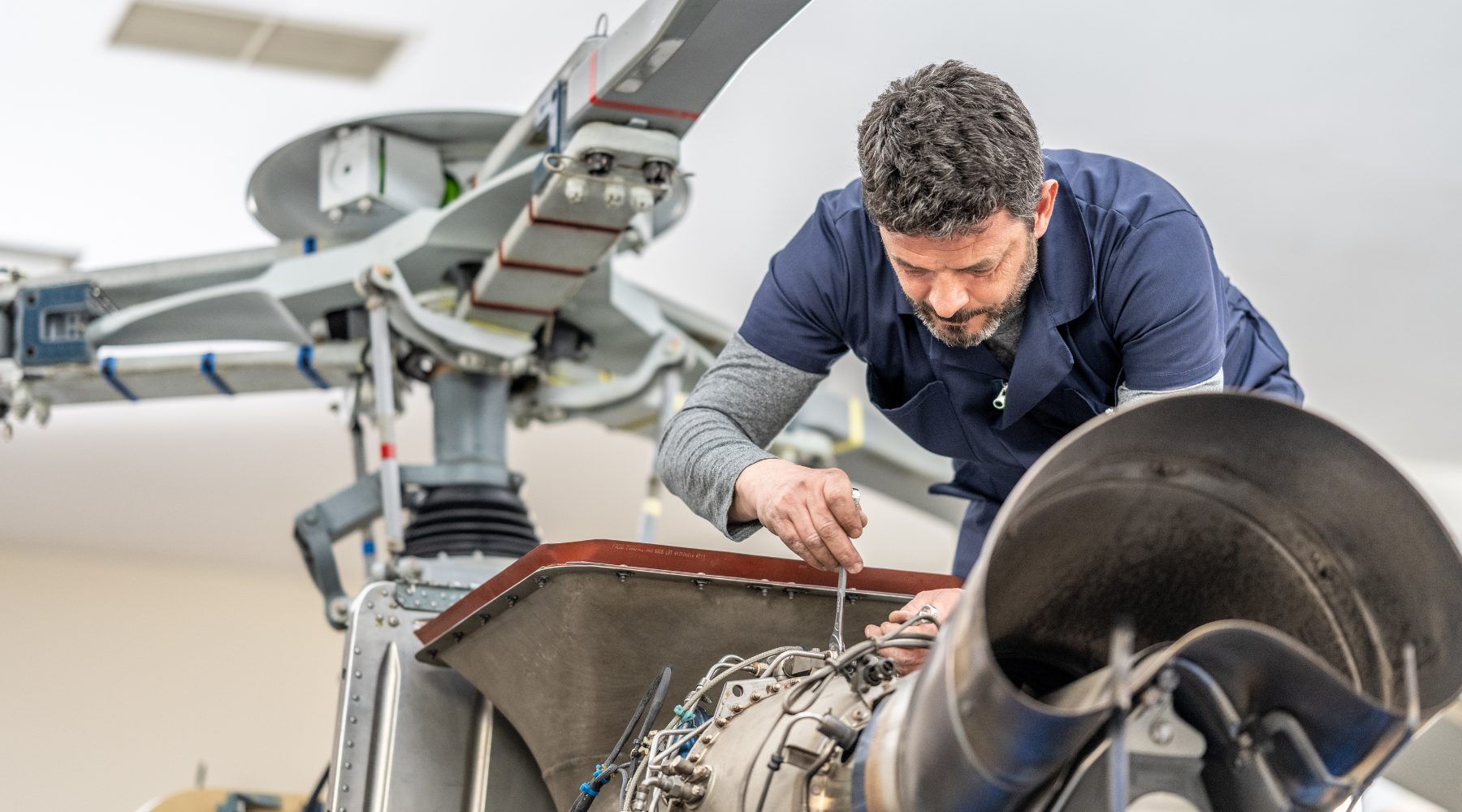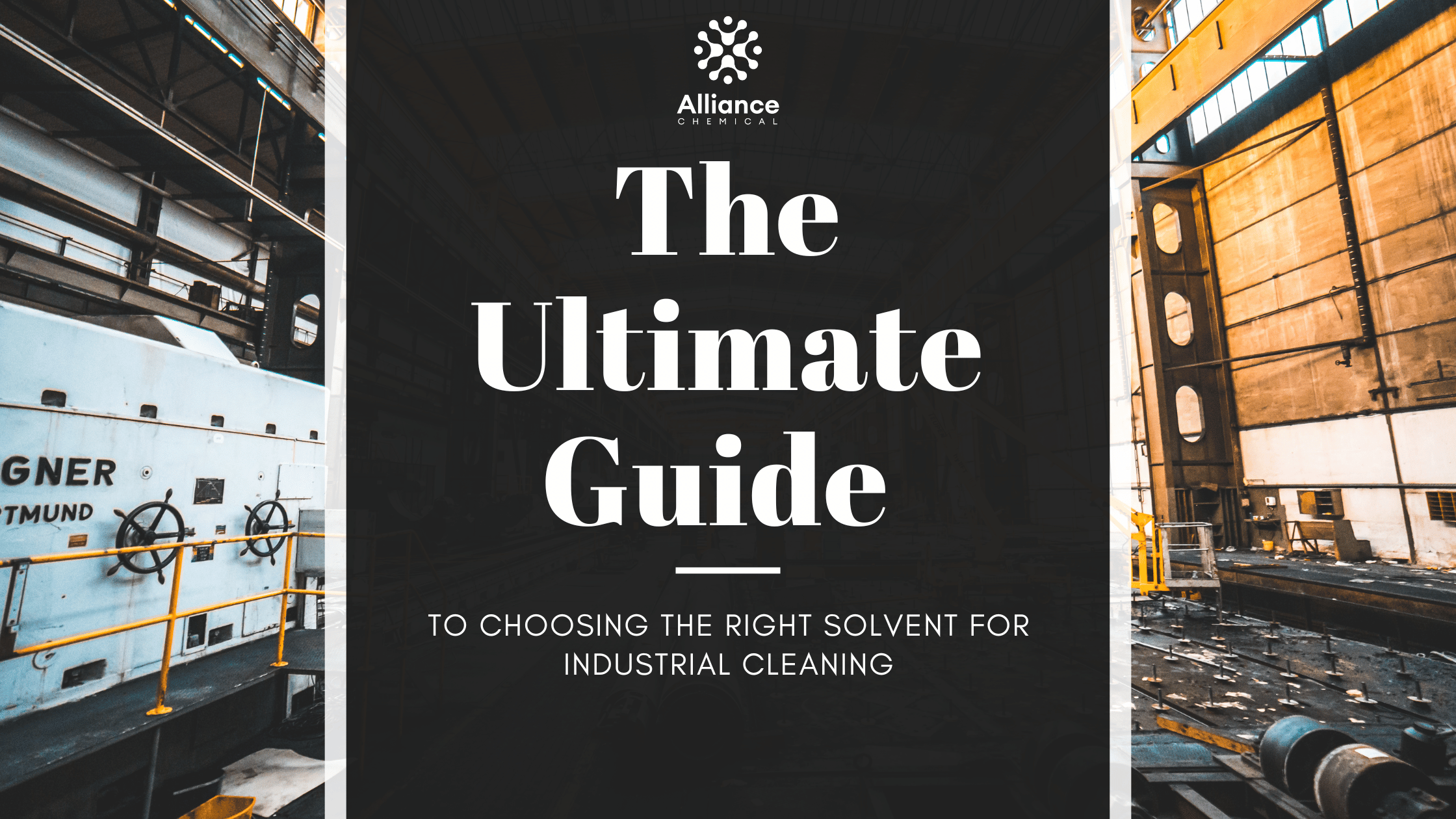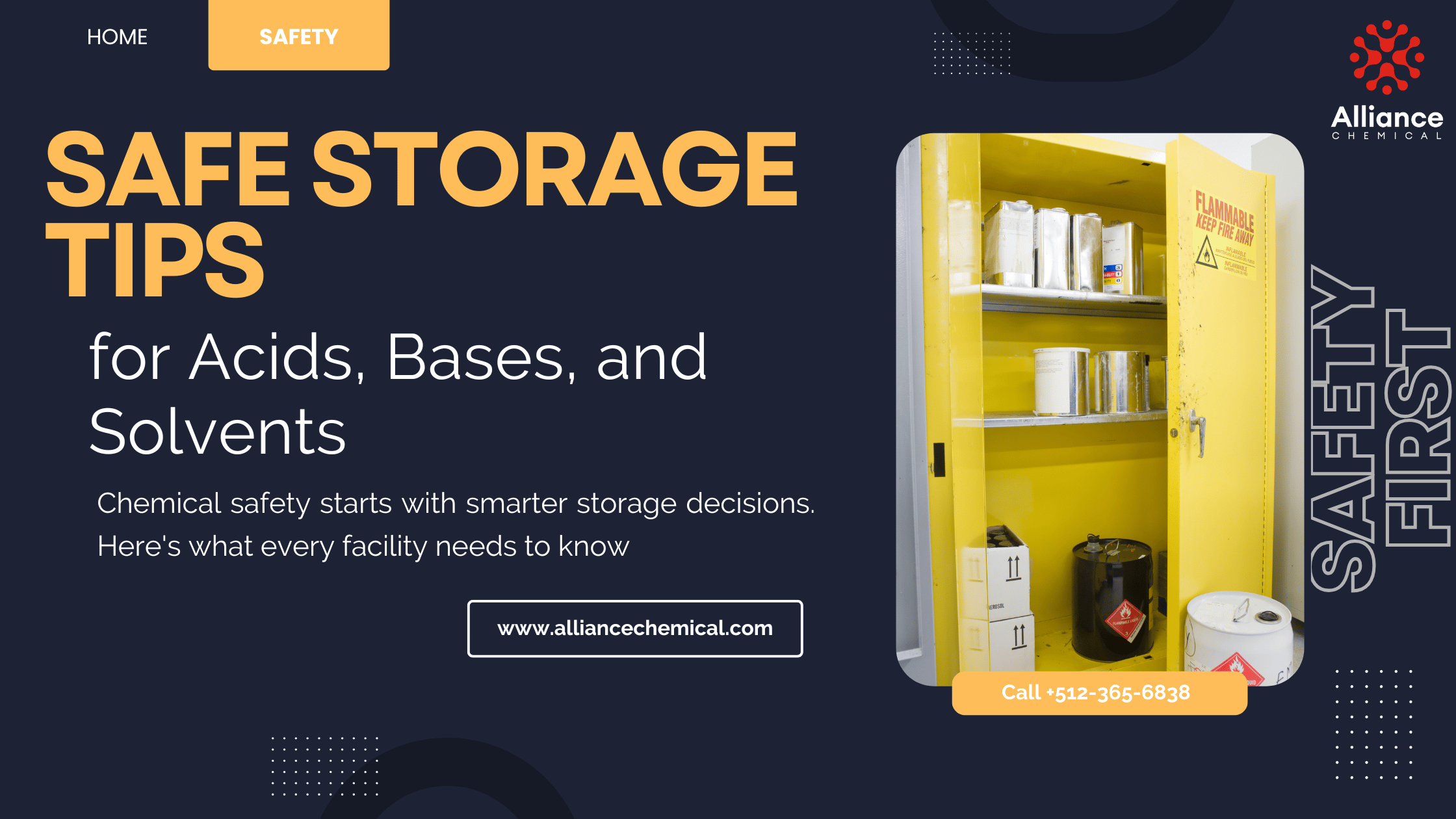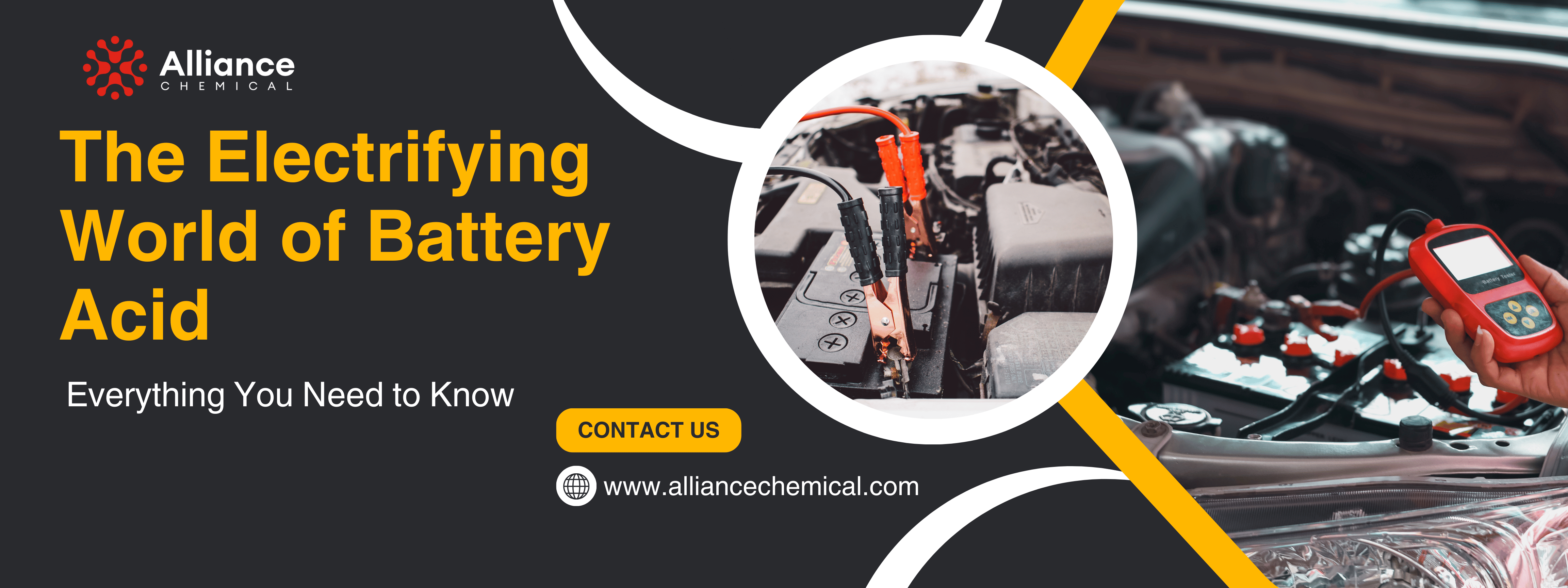
The Electrifying World of Battery Acid: Everything You Need to Know
Battery acid: a hazardous friend, a powerful ally, or something in between? Whether you’re an automotive pro, a curious hobbyist, or someone who’s dealt with a dead battery on a frigid morning, you’ve likely wondered what’s really going on under the hood. In this guide, we’ll explore the science, the safety, and the significant role that battery acid plays in our daily lives. Let’s pop the hood—figuratively and literally—and appreciate how sulfuric acid sparks the engine of our modern world.
Table of Contents
- Introduction: Why Battery Acid Matters
- What Is Battery Acid? The Chemical Lowdown
- How Battery Acid Powers Automotive Batteries
- Inside a Lead-Acid Battery: Anatomy & Reactions
- Concentrations and Grades of Sulfuric Acid
- When and Why to Check Your Car Battery
- Safe Handling: PPE, Storage, and Disposal
- Environmental Impact and Regulations
- Frequently Asked Questions
- How Our Products Can Help You
- Conclusion: Embrace the Acid (Responsibly!)
1. Introduction: Why Battery Acid Matters
We live in a battery-dependent age. From cars and phones to electric scooters and lawnmowers, stored energy is everywhere. In the case of most standard car batteries, it’s the lead-acid battery leading the charge—with sulfuric acid (often simply called “battery acid”) playing a starring role.
Why does it matter? Because without the correct type and concentration of sulfuric acid, your car won’t reliably start. And if you appreciate not having to push your vehicle like you’re in a Flintstones cartoon, you can thank battery acid for the assist!
2. What Is Battery Acid? The Chemical Lowdown
When people say “battery acid,” they usually mean sulfuric acid diluted with water in the 30–50% range. This strong acid (H2SO4) is highly corrosive. In its pure form, sulfuric acid can be as high as 98%—much too potent for typical automotive batteries.
- Chemical Formula: H2SO4
- Concentration in Car Batteries: ~30–50%
- Molar Concentration: ~4.2–5.0 mol/L
- Density: ~1.25–1.28 kg/L
- pH: ~0.8 (extremely acidic)
The corrosive nature of battery acid means it can cause chemical burns on skin or clothing. It also reacts with various metals, which explains why battery terminals often show corrosion if left unmaintained.
3. How Battery Acid Powers Automotive Batteries
Lead-acid batteries remain the top choice for most automakers because they deliver high current reliably and affordably. Sulfuric acid isn’t a mere filler—it’s the medium enabling the electrochemical reactions that supply the burst of energy needed to start your engine. Here’s the short version:
- Electron Flow: The acid allows ions to move between positive and negative plates, creating an electron flow that runs the starter motor and electrical accessories.
- Rechargeable Design: Once the engine runs, the alternator reverses the battery’s discharge reaction, restoring acid strength so you’re ready for the next start.
- Proven Tech: Despite the rise of lithium-ion and other chemistries, lead-acid batteries remain a cost-effective, robust solution for conventional vehicles.
4. Inside a Lead-Acid Battery: Anatomy & Reactions
A typical lead-acid car battery includes:
- Negative plate: Lead (Pb)
- Positive plate: Lead dioxide (PbO2)
- Electrolyte: Diluted sulfuric acid
- Separators: Porous materials keeping plates apart
Discharging: The Engine Start
When you turn the key, these half-reactions happen:
Negative plate:
Pb(s) + HSO4−(aq) → PbSO4(s) + H+(aq) + 2 e−
Positive plate:
PbO2(s) + HSO4− + 3H+(aq) + 2 e− → PbSO4(s) + 2H2O(l)
Combined:
Pb(s) + PbO2(s) + 2H2SO4(aq) → 2PbSO4(s) + 2H2O(l)
As the battery discharges, sulfuric acid is converted to water and lead sulfate. Measuring electrolyte density (specific gravity) can reveal your battery’s charge level.
Charging: Reversing the Process
During charging—via alternator or battery charger—electrons flow backward. The lead sulfate reverts to lead (negative plate) and lead dioxide (positive plate), while water reconverts into sulfuric acid.
5. Concentrations and Grades of Sulfuric Acid
While automotive applications generally rely on sulfuric acid at 30–50%, different industries use varying concentrations:
- Battery Acid (29–37%): Standard for lead-acid batteries.
- Chamber Acid (62–70%): Common in fertilizer production.
- Tower Acid (78–80%): Recovered acid from industrial processes.
- 66 °Bé Acid (93.2%): Industrial-grade sulfuric acid, measured on the Baumé scale.
- Concentrated Acid (98+%): Highly corrosive, used in specialized chemical processes.
If you’re unsure about the right concentration, always consult the SDS (Safety Data Sheet). For refilling automotive batteries, look for electrolyte-grade sulfuric acid such as Sulfuric Acid 37% Electrolyte Grade.
6. When and Why to Check Your Car Battery
Don’t wait until you’re stranded to inspect your battery. A simple check every few months can prevent costly tows. Look for the following:
- Slow Crank: If your engine cranks slowly, the battery may be weak or low on electrolyte.
- Corroded Terminals: White, blue, or green crust indicates acid interacting with metals.
- Maintenance-Free Doesn’t Mean Check-Free: Even sealed batteries can degrade over time; test them if they’re over three years old.
- Extreme Climates: Severe hot or cold weather can rapidly weaken your battery. Inspect it more often under these conditions.
7. Safe Handling: PPE, Storage, and Disposal
“I’m just checking the battery real quick…” Famous last words. Battery acid doesn’t care about your schedule, so handle it properly:
- Protective Gloves: Nitrile or neoprene are best.
- Eye Protection: Goggles or a face shield. Acid in your eyes = immediate medical emergency.
- Clothing or Apron: Sulfuric acid eats through fabric rapidly.
- Ventilation: Choose a well-ventilated area to minimize fume inhalation.
Storage
Keep battery acid in sealed, acid-resistant containers (HDPE or glass) marked clearly. Store in a cool, dry place, away from direct sunlight and incompatible chemicals (like bases or flammables).
Disposal
Never pour acids down the drain. Use local hazardous waste disposal services or recycling programs. Many auto shops recycle lead-acid batteries. Call first to confirm.
8. Environmental Impact and Regulations
As with any potent chemical, sulfuric acid can harm soil, wildlife, and water sources if not disposed of properly. Hence, strict regulations govern the production, transport, and disposal of lead-acid batteries and their acids:
- Recycling Rates: Over 99% of lead-acid batteries in the U.S. are recycled. This reclaims lead, plastic, and neutralized acid.
- Regulatory Compliance: Agencies such as the EPA (U.S.) or your local equivalents enforce proper storage, PPE, and disposal methods.
- Industry Innovations: Sealed AGM and other battery types aim to reduce acid leaks, protecting users and ecosystems.
9. Frequently Asked Questions
-
Is battery acid just pure sulfuric acid?
Not exactly. Battery acid is sulfuric acid diluted to around 30–50%. Pure sulfuric acid is about 98% and far more dangerous for general use. -
What if battery acid gets on my skin?
Immediately rinse with water for at least 15 minutes. Remove contaminated clothing. Seek medical attention if irritation continues. -
Why not use tap water to top off a battery?
Tap water contains minerals that can reduce battery lifespan. Distilled or deionized water prevents harmful mineral deposits. -
How do I know if my battery is “dead”?
Use a hydrometer for specific gravity or get a load test at an auto shop. If readings are severely low or fail the load test, it’s likely time for a replacement. -
Can I open a sealed “maintenance-free” battery?
It’s generally not recommended. You could void the warranty and risk acid leaks. If it’s failing, replacement is often the safer route.
10. How Our Products Can Help You
At Alliance Chemical, we specialize in premium chemical solutions, including a range of sulfuric acid concentrations. Our Sulfuric Acid 37% Electrolyte Grade is particularly popular for maintaining lead-acid batteries. We also offer:
- Battery Water for safe, mineral-free top-ups
- Durable Containers & Equipment for chemical storage and handling
- Hydrochloric Acid, Nitric Acid, and more for various industrial processes
- Solvents & Cleaners for everything from degreasing to specialized extractions
With comprehensive technical data sheets and dedicated support, we ensure you have the right solution for your automotive, industrial, or DIY project.
11. Conclusion: Embrace the Acid (Responsibly!)
Battery acid may seem intimidating, but it’s the silent hero that helps power your vehicle, your gadgets, and your day. By understanding its chemistry, respecting its hazards, and disposing of it responsibly, you can leverage this potent chemical safely.
So, next time your engine roars to life on a chilly morning, give a nod to the sulfuric acid making it possible. Keep it topped up (when necessary), handle it with care, and you’ll enjoy a battery that’s ready to rock every time you turn the key.
For supplies—sulfuric acid refills, battery water, PPE, and more—explore our extensive catalog. Here’s to a future that’s well-charged and chemically enlightened!
Thank you for reading and trusting Alliance Chemical with your chemical solutions.
